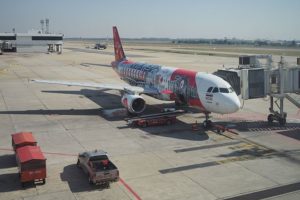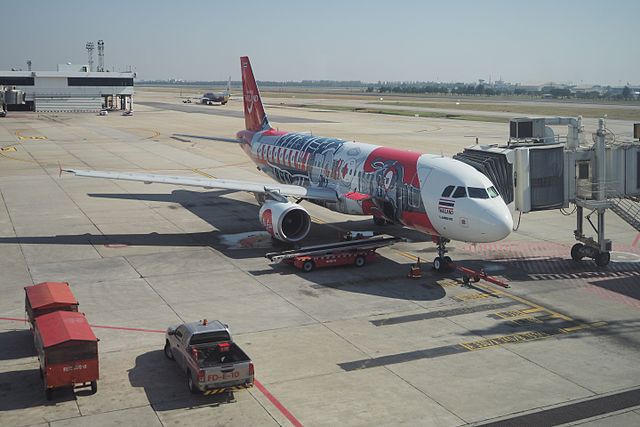 Asia-Pacific airlines saw further growth in international air cargo demand in June year-on-year, but at a more moderate pace, in step with the slower growth of manufacturing, according to the Association of Asia Pacific Airlines (AAPA).
Asia-Pacific airlines saw further growth in international air cargo demand in June year-on-year, but at a more moderate pace, in step with the slower growth of manufacturing, according to the Association of Asia Pacific Airlines (AAPA).
AAPA data for June showed a moderation in air cargo growth in line with underlying trade conditions, even as international air passenger demand posted strong growth. The solid increase in passenger volume was underpinned by robust expansion in the services sectors.
The global manufacturing sector, while still expanding, experienced slower growth in June. Against this backdrop, Asia-Pacific carriers recorded a 3.4% year-on-year increase in air cargo demand for the month. The average international freight load factor declined by 1.9 percentage points to 64.5% in June, on the back of a 6.4% expansion in offered freight capacity.
In aggregate, the region’s airlines carried 29.5 million international passengers in June, a solid 10.7% increase compared to the same month last year. Demand in revenue passenger kilometer terms increased by 9.6%, underscoring the relative strength of regional travel markets. The average international passenger load factor climbed 1.9 percentage points higher to 81.6% for the month, after accounting for a 7.0% expansion in available seat capacity.
Andrew Herdman, AAPA director general, said that in the first half, international air cargo demand registered an encouraging 5% increase, bolstered by further expansion in the manufacturing sectors, although growth in new export orders has slowed in recent months.
In the same period, the region’s airlines register a solid 8% increase in the total number of international passengers carried to 176 million.
“Asian airlines continued to benefit from sustained regional and wider economic growth, as well as improvements to connectivity within and across regions,” explained Herdman.
Looking ahead, Herdman said, “Global economic prospects remain positive, anchored on expectations of firm domestic demand across regions, despite some concern over the possible adverse effects of trade tariffs. Airfares are edging higher reflecting the impact of higher fuel prices this year, but demand conditions remain relatively favourable.”
Photo: Nutjaru





